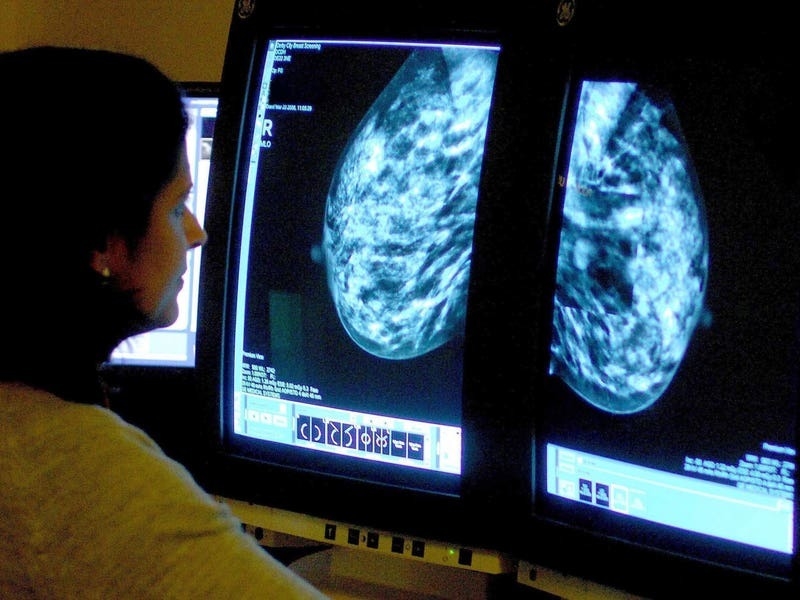Researchers have discovered why breast cancer cells that have spread to the lungs may wake up following years of sleep and form incurable tumours.
The research, funded by Breast Cancer Now, reveals the process that triggers this breast cancer “time bomb” – and suggests a strategy to defuse it.
Patients with the most common type of breast cancer – oestrogen receptor positive (ER+) – have a continued risk of their cancer recurring in another part of their body for many years, or even decades, after their original diagnosis and treatment.
While this is treatable, it cannot be cured.
Research suggests up to 80% of primary breast cancers are ER+ and there are around 44,000 cases in the UK each year.
Dr Frances Turrell, postdoctoral training fellow in the Division of Breast Cancer Research at The Institute of Cancer Research, London, (ICR) said: “We’ve discovered how ageing lung tissue can trigger these cancer cells to ‘reawaken’ and develop into tumours and uncovered a potential strategy to ‘defuse’ these ‘time bombs’.
“We now plan to better unpick how patients might benefit from the existing drug imatinib and, in the long term, aim to create more specific treatments targeted at the ‘reawakening’ mechanism.”
Rachel Davies, 38, who lives in Swansea, was diagnosed with ER+ breast cancer in 2021 and underwent a mastectomy, lymph node removal, chemotherapy and radiotherapy.
Following a scan in May 2022, three months after finishing treatment, she was told the cancer had spread to her sternum and later her spine, and she is now receiving a targeted cancer drug called ribociclib and hormone therapy.
Mrs Davies said: “I’ve seen some women finish treatment and ring that bell and celebrate it being over, and this always worries me as you can never be complacent that it won’t return.
“Finding out the cancer had spread when I thought it was all in the past was heartbreaking.
“That’s why it’s so important that research into secondary breast cancer happens so we can find new ways to stop women going through what I’m experiencing.”
She added: “Research like this gives me hope for women being treated for breast cancer in the future. I don’t want to waste my precious time being bitter or angry.”
Professor Clare Isacke, professor of molecular cell biology at the ICR, said: “This is an exciting stride forward in our understanding of advanced breast cancer – and how and why breast cancer cells form secondary tumours in the lungs.
“Next, we need to pinpoint when these age-related changes happen and how they vary between people, so that we can create treatment strategies that prevent cancer cells ‘reawakening’.”
The new research, published in the journal Nature Cancer, showed how molecular changes within the lung that occur during ageing can support the growth of secondary tumours.
According to the findings, a protein which is present in the lungs – the PDGF-C protein – plays a key role in influencing whether inactive breast cancer cells stay asleep or wake up.
If the level of the protein increases, which is more likely in an ageing lung or when its tissue becomes damaged or scarred, it can cause the dormant cancer cells to grow and develop into secondary breast cancer, the study found.
Researchers then looked at whether blocking PDGF-C activity could help prevent these cells waking up and the growth of secondary tumours.
Working with mice with ER+ tumours, scientists targeted the protein with an existing drug called imatinib.
The mice were treated with the drug both before and after the tumours had developed.
According to the study, for both groups, the cancer growth in the lung was significantly reduced.
Dr Simon Vincent, director of research, support and influencing at Breast Cancer Now, said: “This exciting discovery brings us a step closer to understanding how we can slow down or stop the development of ER+ secondary breast cancer in the lung.
“It has the potential to benefit thousands of women living with this ‘time bomb’ in the future, ensuring fewer patients receive the devastating news the disease has spread.”






